Novel GHz-class NMR systems are enabling unprecedented life science and materials research in functional structural biology, drug discovery, metabolomics, and cleantech research.
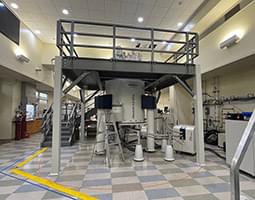

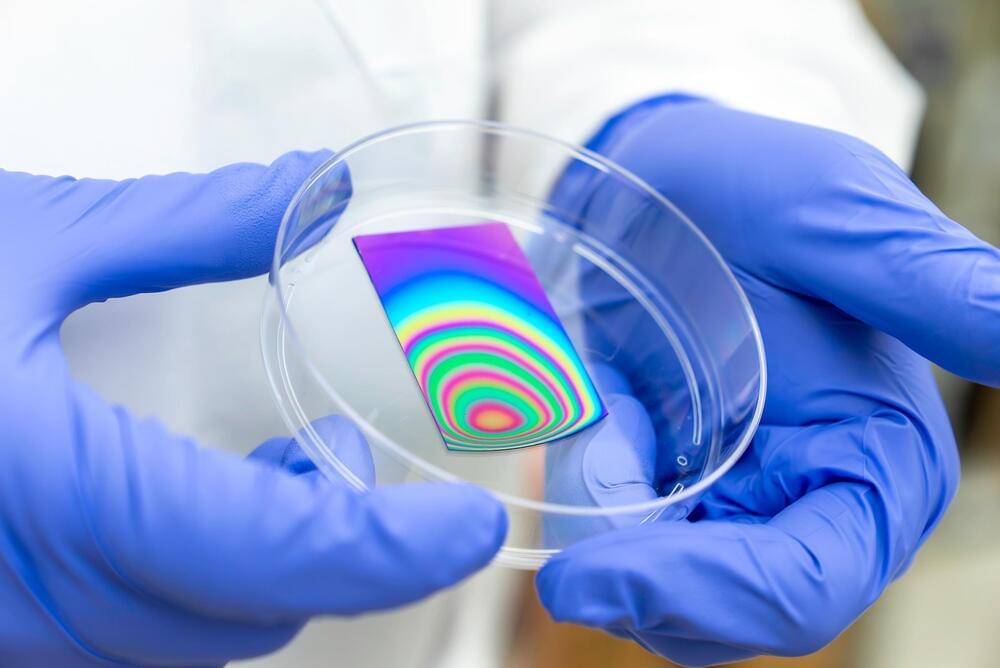
Rice University materials scientists developed a fast, low-cost, scalable method to make covalent organic frameworks (COFs). Credit: Photo by Gustavo Raskosky/Rice University.
Materials scientists at Rice University have created an efficient, affordable, and scalable technique for producing covalent organic frameworks (COFs). These crystalline polymers are notable for their adjustable molecular structure, extensive surface area, and porosity, making them potentially valuable in areas like energy applications, semiconductor devices, sensors, filtration systems, and drug delivery.
“What makes these structures so special is that they are polymers but they arrange themselves in an ordered, repeating structure that makes it a crystal,” said Jeremy Daum, a Rice doctoral student and lead author of a study published in ACS Nano. “These structures look a bit like chicken wire ⎯ they’re hexagonal lattices that repeat themselves on a two-dimensional plane, and then they stack on top of themselves, and that’s how you get a layered 2D material.”
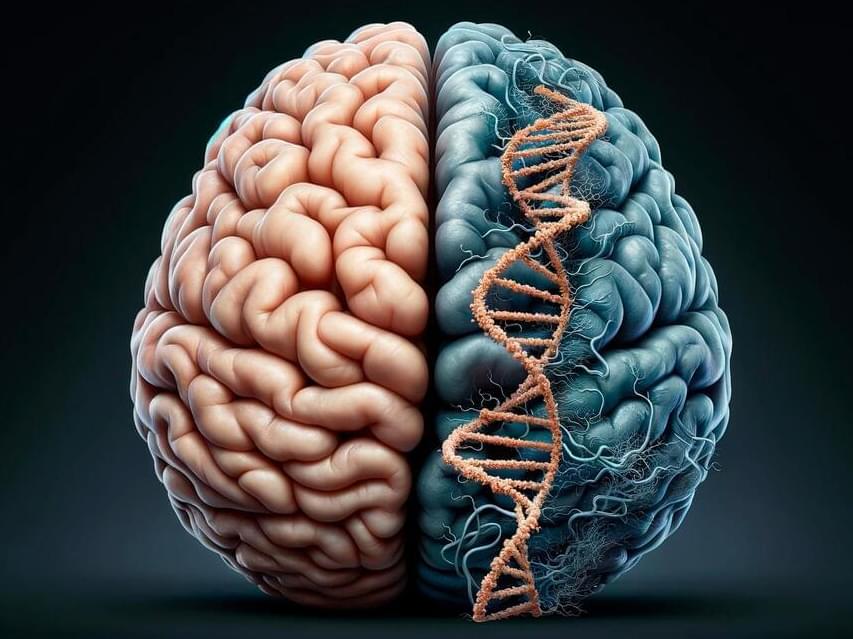
A new Northwestern Medicine study shows that RNA interference may play a key role in Alzheimer’s. For the first time, scientists have identified short strands of toxic RNAs that contribute to brain cell death and DNA damage in Alzheimer’s and aged brains. Short strands of protective RNAs are decreased during aging, the scientists report, which may allow Alzheimer’s to develop.
The study also found that older individuals with a superior memory capacity (known as SuperAgers) have higher amounts of protective short RNA strands in their brain cells. SuperAgers are individuals aged 80 and older with a memory capacity of individuals 20 to 30 years younger.
“Nobody has ever connected the activities of RNAs to Alzheimer’s,” said corresponding study author Marcus Peter, the Tom D. Spies Professor of Cancer Metabolism at Northwestern University Feinberg School of Medicine. “We found that in aging brain cells, the balance between toxic and protective sRNAs shifts toward toxic ones.”

Mesolithic Scandinavians likely faced oral health issues, with studies on ancient birch tar revealing signs of gum disease, tooth decay, and diverse dietary habits.
Members of a hunter-gatherer group that lived in south-western Scandinavia during the Mesolithic era — approximately 10,000 years ago — may have been affected by tooth decay and gum disease, according to a study published today (January 18) in Scientific Reports.
DNA Analysis of Birch Tar.

Researchers at Karolinska Institutet in Sweden have used DNA origami, the art of folding DNA into desired structures, to show how an important cell receptor can be activated in a previously unknown way. The result opens new avenues for understanding how the Notch signaling pathway works and how it is involved in several serious diseases. The study is published in Nature Communications.
Notch is a cell receptor that is of great importance to a wide range of organisms and plays a crucial role in many different processes, including early embryonic development in both flies and humans. Notch regulates the development of stem cells into different cell types in the body. Defects in this signaling pathway can result in serious diseases, including cancer.
The prevailing view of the receptor’s function has so far been that it is activated purely mechanically, by a neighboring cell pulling on it, meaning that signaling only occurs as a result of direct communication between cells.
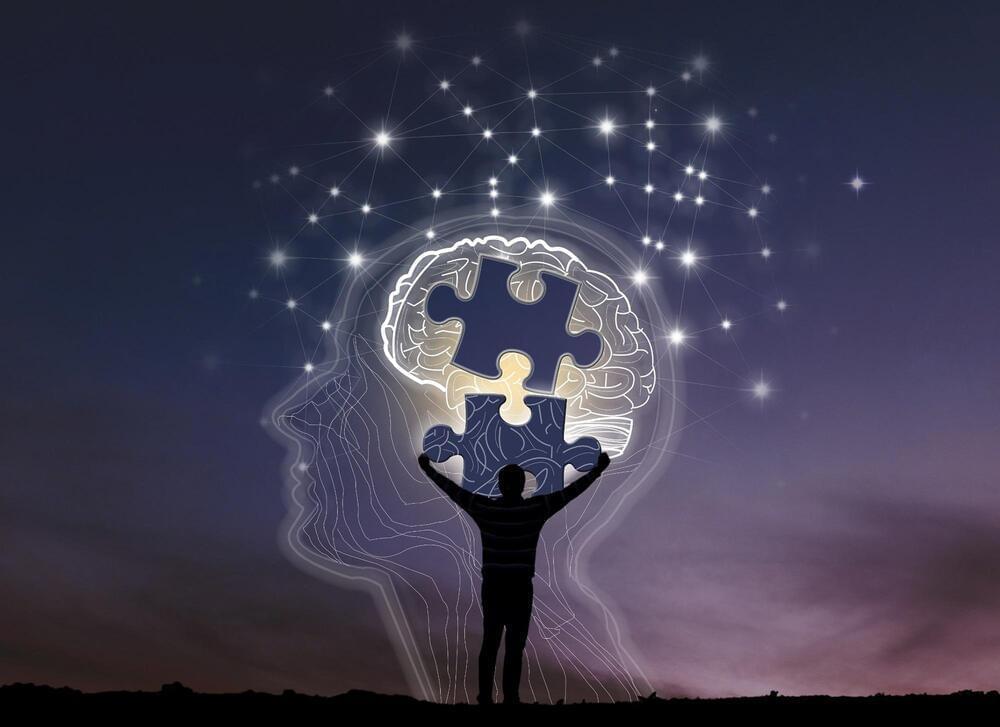
Individuals with personality traits such as conscientiousness, extraversion, and positive affect are less likely to be diagnosed with dementia than those with neuroticism and negative affect, according to a new analysis by researchers at the University of California, Davis, and Northwestern University. The difference was not linked to physical damage to brain tissue found in dementia patients, but more likely to how certain personality traits help people navigate dementia-related impairments.
The work was recently published in Alzheimer’s & Dementia: The Journal of the Alzheimer’s Association.
Previous studies have tried to establish links between personality traits and dementia, but these were mostly small and represented only specific populations, said Emorie Beck, assistant professor of psychology at UC Davis and first author on the paper.
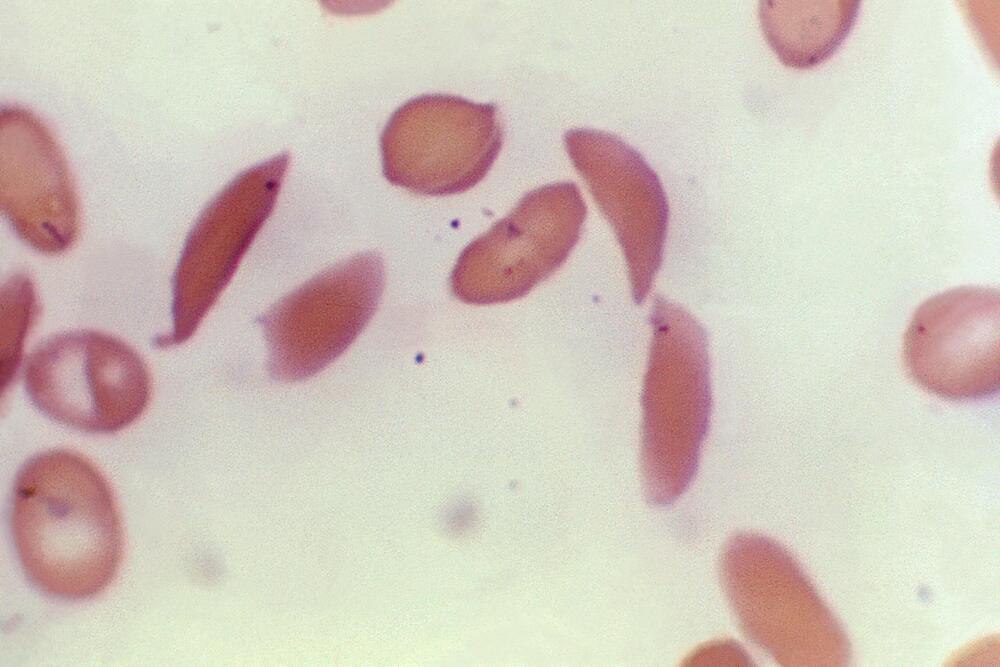
A.I. for longevity and long lived flies.
Kennedy Schaal presents “Using Advanced A.I. and Blockchain Technology to Targey Aging” at the Longevity+DeSci Summit NYC (EARD 2023) hosted by Lifespan.io. Summary ▀▀▀▀▀▀▀▀▀▀▀▀▀▀▀▀▀▀▀▀▀▀▀▀▀▀ Kennedy Schaal is the founder and CEO of Rejuve Biotech, an AI-driven therapeutics discovery company solving the problems for longevity and age-associated diseases. By using advanced Artificial Intelligence to combine data from the Methuselah Flies with data from people, Rejuve. Bio can shorten the drug discovery pipeline and rapidly develop novel therapeutics to help people live longer. They have two high-impact and novel data sources, as well as unique artificial intelligence technology. First and foremost, they are the sole owner of data from the Methuselah Flies (fruit flies) that have been bred for longevity. Second, because flies have a shorter life cycle, they can be tested for longevity much faster than other animal models. Rejuve Biotech has the unique ability to test multiple interventions and treatment combinations over the course of a fruit fly’s life and in various aspects of its life (e.g., mating, disease resistance). In addition, they also have quick access to Crowdsourced Human Data collected by a partner company, Rejuve Network. Kennedy Schaal is an accomplished biotechnology executive with a strong leadership track record in applied genomic research and Artificial Intelligence at the frontier of longevity science. She is also a multi-published author on the science of longevity and applied genomics trials. Kennedy is also a world-leading expert on genomic selection and breeding for innovative Drosophila Methuselah Flies, which together with applied Artificial Intelligence solve many of today’s pain points in longevity research, with the potential for massive impact on the health and lifespan of people across the planet. Experienced Laboratory Director and Chief Biologist with a demonstrated history of working in the biotechnology industry. Strong research professional skilled in evolutionary biology, genetics, and the study of aging-related diseases.

Labroots recently explored how a November 2023 study published in The American Journal of Psychiatry found that cannabis does not mitigate long-term opioid addiction. Now, a more recent study published in The American Journal of Drug and Alcohol Abuse could either support or refute these findings as a team of international researchers examined the potential for cannabis to be used as appropriate substitute for weaning patients away from opioid use for non-medical reasons. This study holds the potential to help medical practitioners, patients, and the public better understand the link between medical cannabis and opioid addiction.
“Clarifying how cannabis and opioids interact is crucial if we are to equip healthcare professionals to provide evidence-based addiction treatment, prevent overdose deaths and save lives,” said Gabriel Costa, who is a researcher at the University of Ribeirão Preto in Brazil and lead author of the study.
For the study, the researchers combined findings from a meta-analysis and modeling to ascertain the risk of cannabis use and non-medical opioid use for patients suffering from opioid use disorder (OUD) and receiving appropriate treatment, as well. The meta-analysis involved a myriad of databases between March 1 and April 5, 2023, with a total of 10 studies being selected for further investigation for the final study, which totaled 8,367 participants, of which 62 percent were men and 38 percent were women.

AI becomes the decoder to predict treatment response.
Believe it or not, some types of cancers can grow resistant to chemotherapy.
Deciphering when cancer might toughen up against chemotherapy is pretty tricky. Even though researchers and doctors notice some hints and clues about resistance, predicting the exact moment is a bit like trying to hit a bullseye with a blindfold.
But in what could be a game-changer, scientists at the University of California San Diego School of Medicine revealed today in a study that a high-tech machine learning tool might just figure out when cancer is going to give the cold shoulder to chemotherapy.